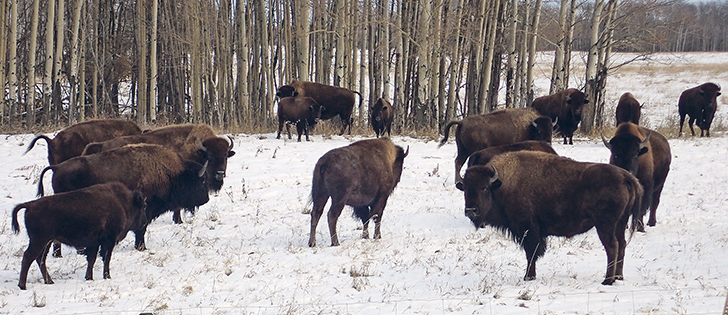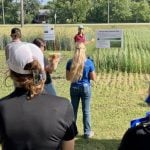Bison returned to Banff National Park Feb. 1 after a 140-year absence.
Sixteen wild Plains bison were released into the park’s Panther Valley, where they will be held in a 45-acre pasture and monitored by Parks Canada for 16 months to acclimatize.
Sometime around June 2018, they will be released into the full 1,200 sq. mile reintroduction zone along the eastern slopes of the Rockies within the park, where they will interact with other native species.
Bison were once the dominant grazers in the park and beyond, according to Parks Canada.
Read Also

Rented farmland jumps 3.4 million acres in Saskatchewan and Alberta
Farmland rented or leased in the two provinces went from 25.7 million acres in 2011 to 29.1 million in 2021, says Census of Agriculture data.
“The restoration of bison to Banff will return a keystone species to the landscape, foster cultural reconnection, inspire discovery, and provide stewardship and learning opportunities,” it said.
“In the long-term, by re-establishing a new wild population within its historical range in Banff National Park, this will be a key contribution to national and international bison conservation efforts.”
The 16 bison released last week came from Elk Island National Park. Most of them are pregnant two-year-old animals and all were health tested and quarantined for three weeks before release.
The return of bison to the park was welcomed by Bison Belong, a group that has encouraged their reintroduction for years.
“It rights the historical wrong of the elimination of this magnificent animal,” said Harvey Locke of Bison Belong, in a news release.
“The return of bison to the landscape represents hope for nature and is an important step toward reconciliation with indigenous people.”















